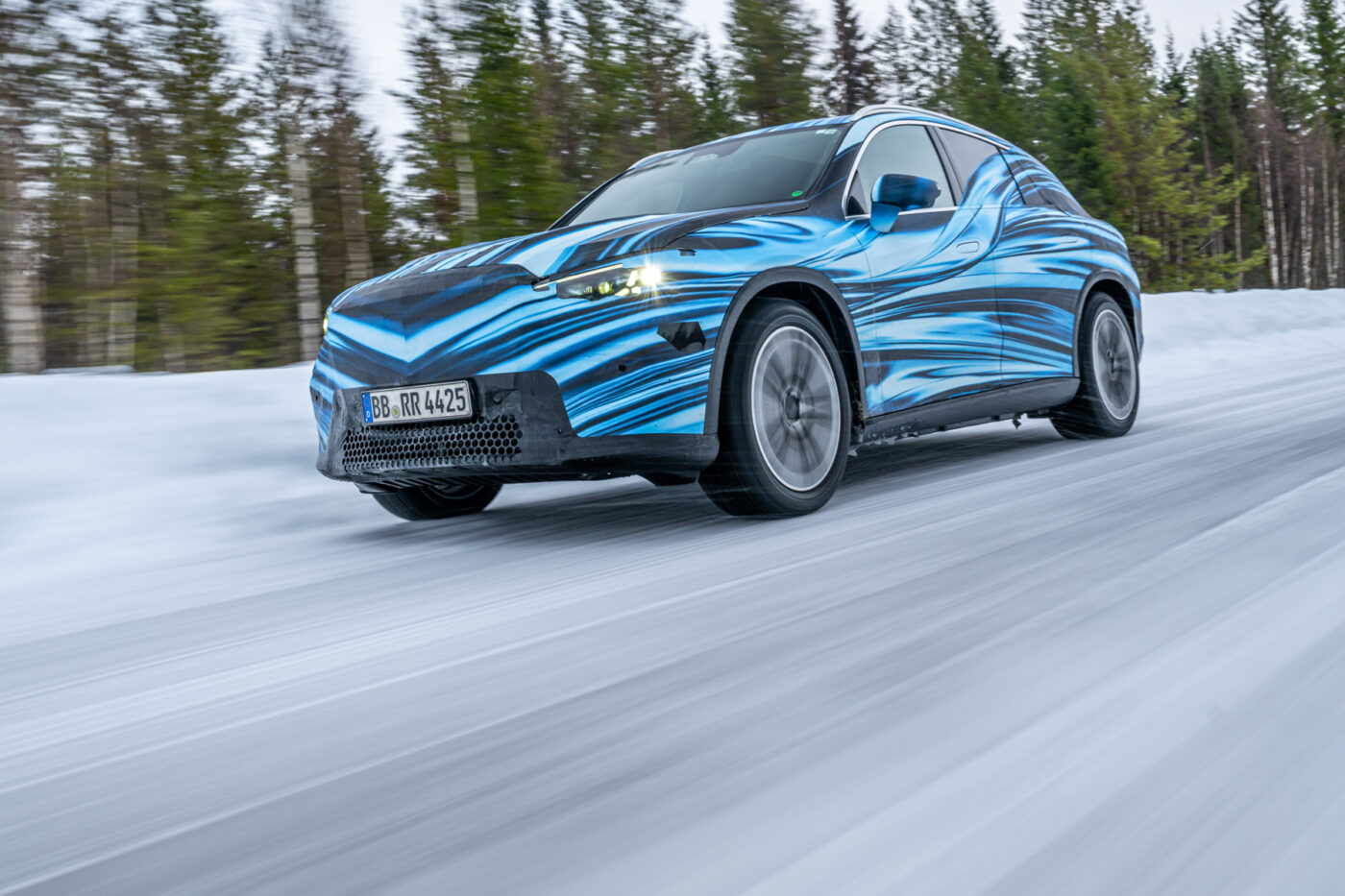
First drive in the new Mercedes GLC: An ICE gets an electric companion
When Drummond Jacoy talks about the Mercedes GLC, the adjective ‘old’ slips out suspiciously often and he bites his tongue. After all, the off-roader is less than three years old and hasn’t even had a facelift yet. But you can’t be angry with the Scotsman.
After all, he is the Chief Engineer of the new GLC and got to work a little earlier this time. Because instead of bringing out one car after the other, Mercedes will try pairing its best-selling model series in the future. The combustion engine variant will be accompanied by an independent, brand-new electric model – but no longer the EQC, but the electric GLC.
Old or new, that is the question
It’s easy to get confused between old and new – especially as this is exactly what Jacoy is after. “For the customer, there should no longer be any difference between the two worlds,” the chief engineer quotes from his briefing. “The new one should be able to do everything at least as well or even better than the old one,” says Jacoy, before shrugging his shoulders and adding, “Sorry: the current one.”
To prove this – and probably also to erase bad memories of the unfortunate EQC – he invites people to test drive the prototype six months before the world premiere at the IAA in Munich and a year before the market launch. He even gives up the driver’s seat.
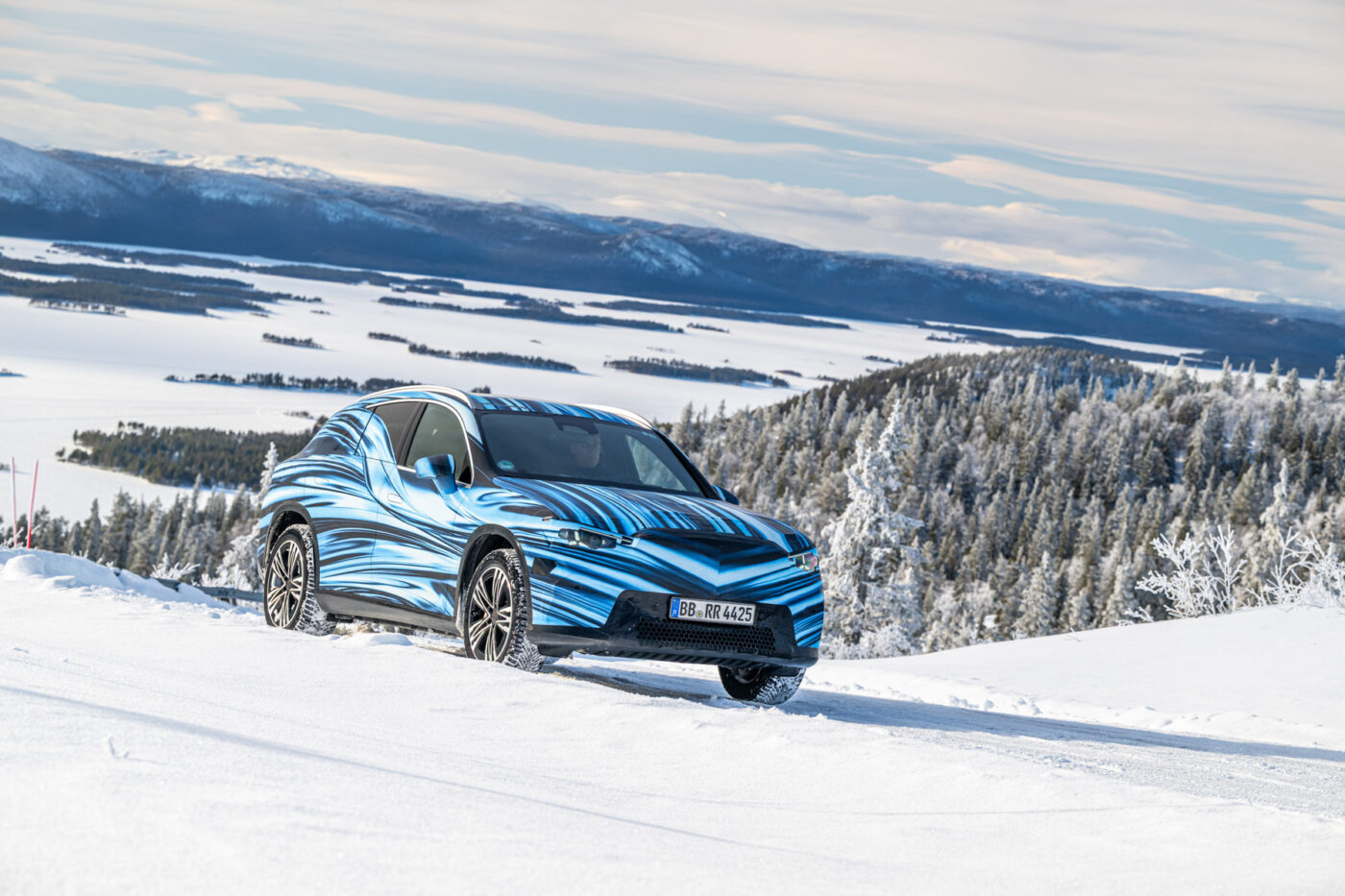
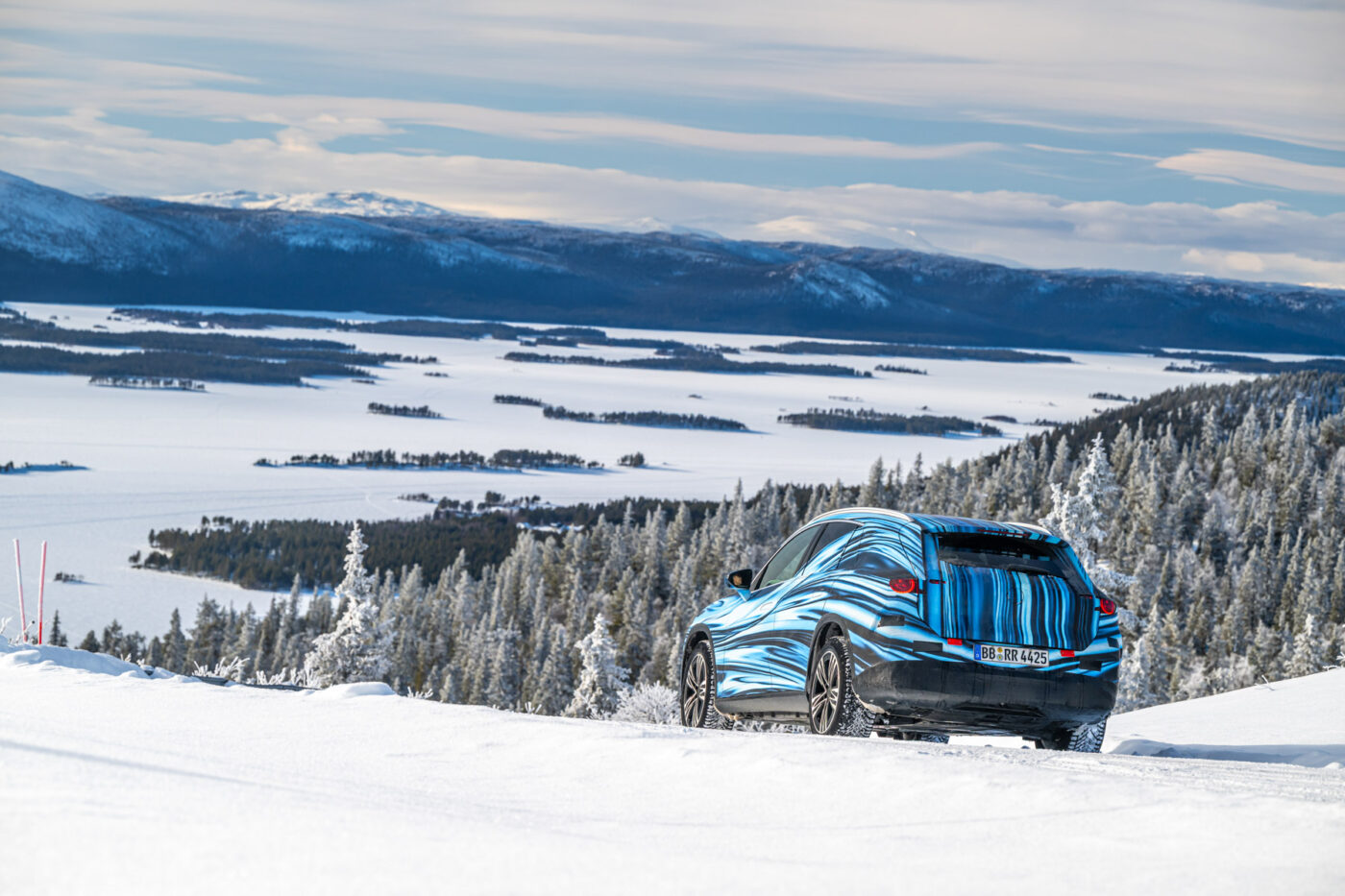
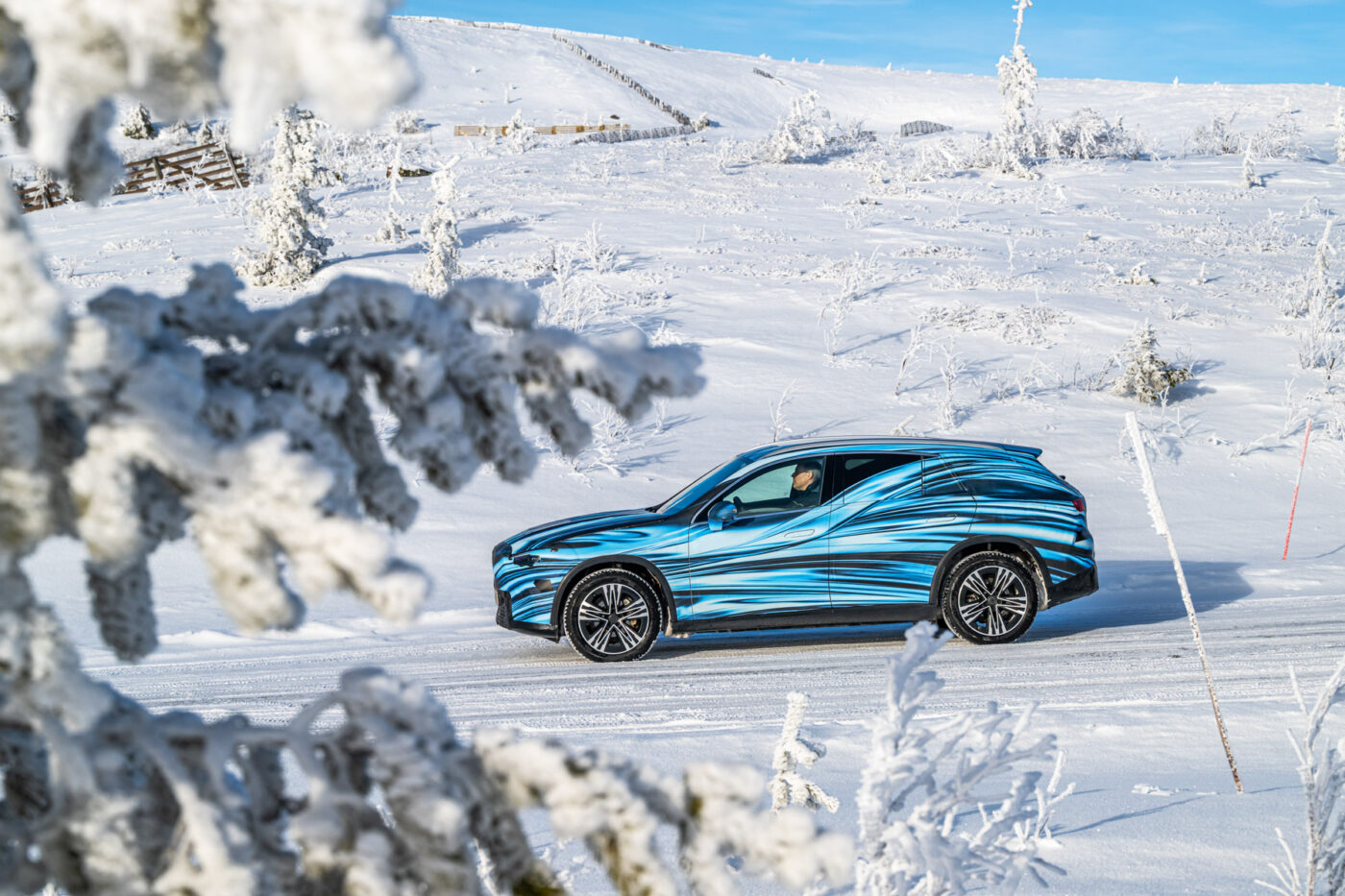
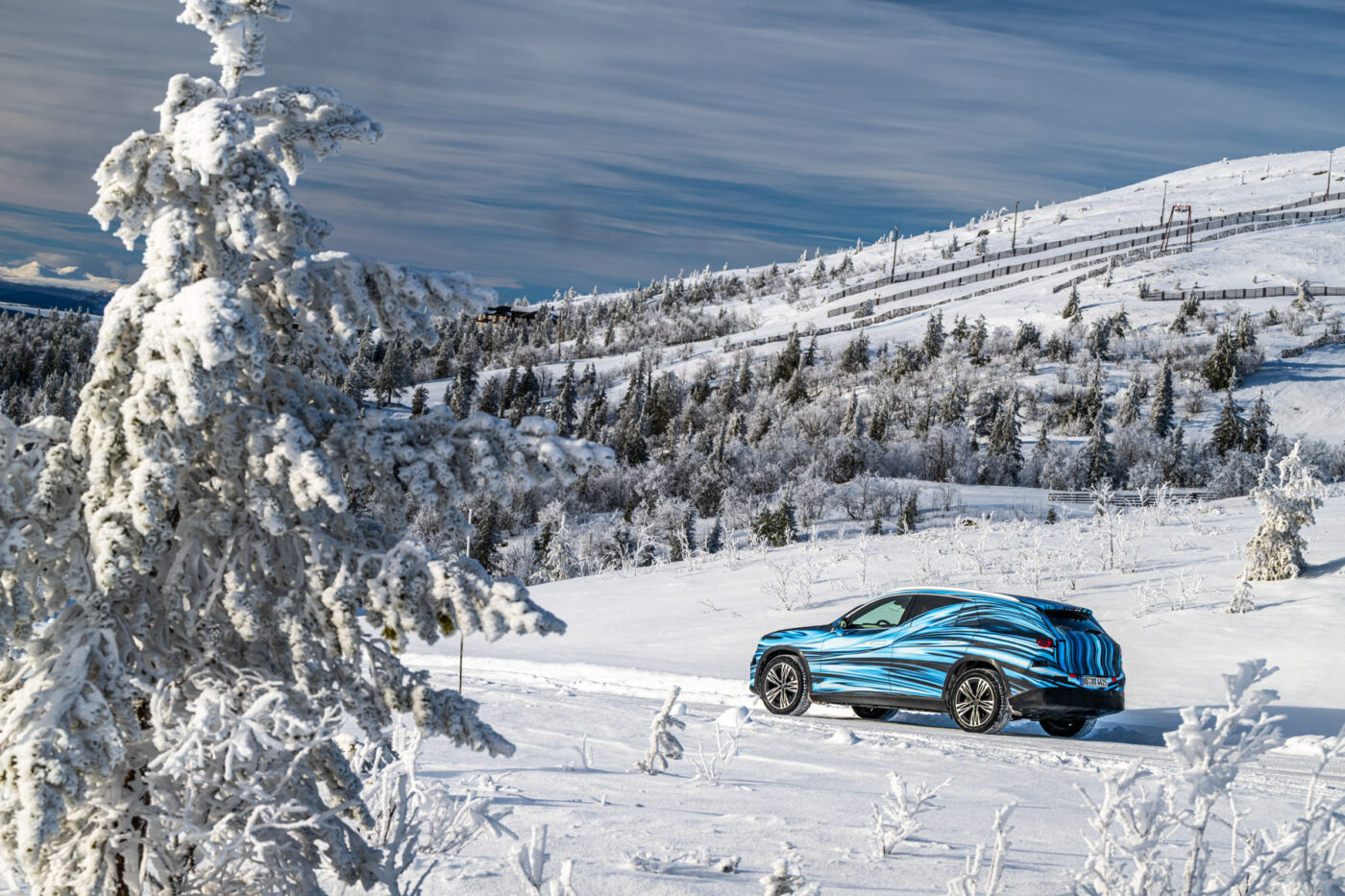
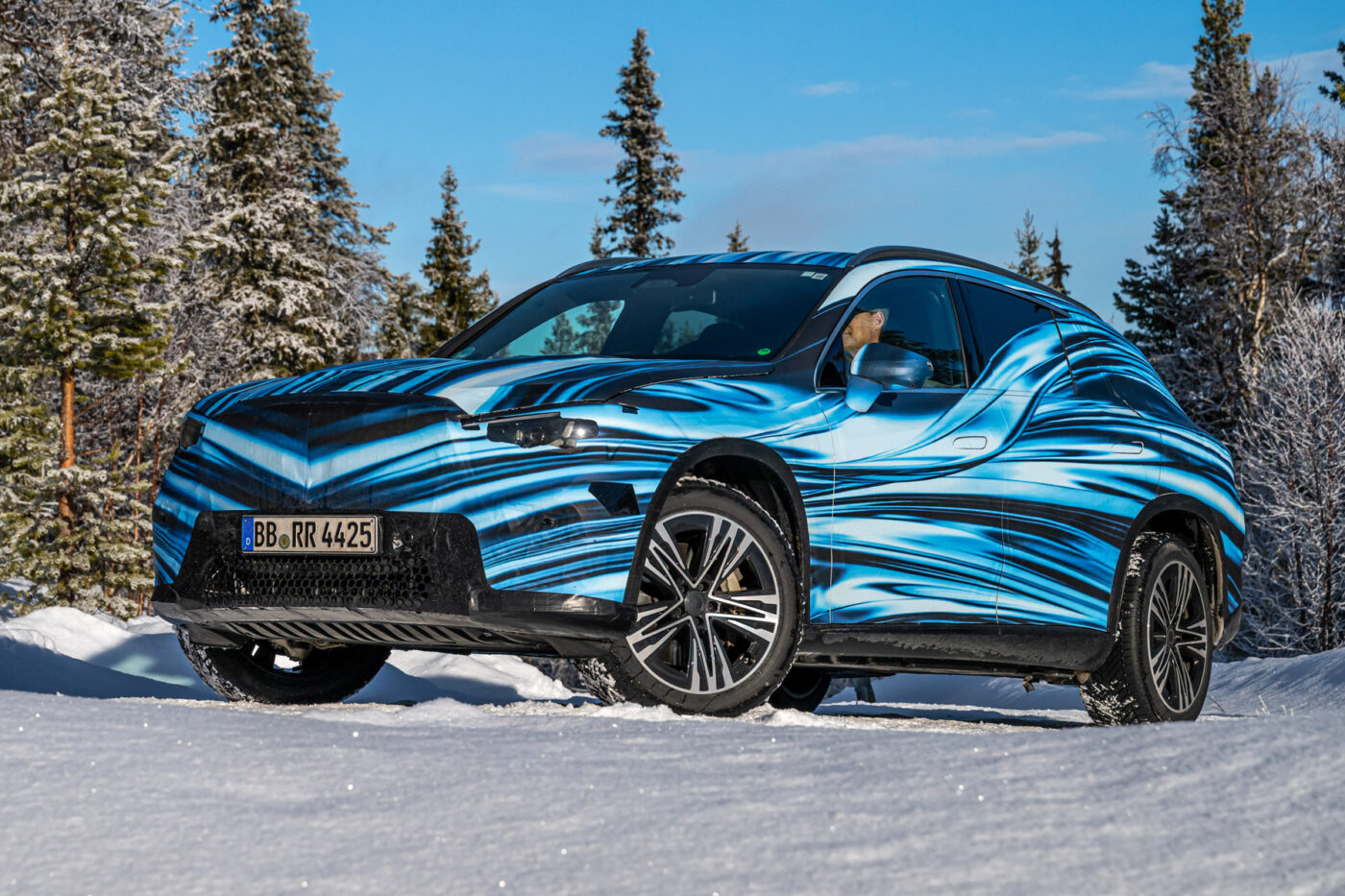
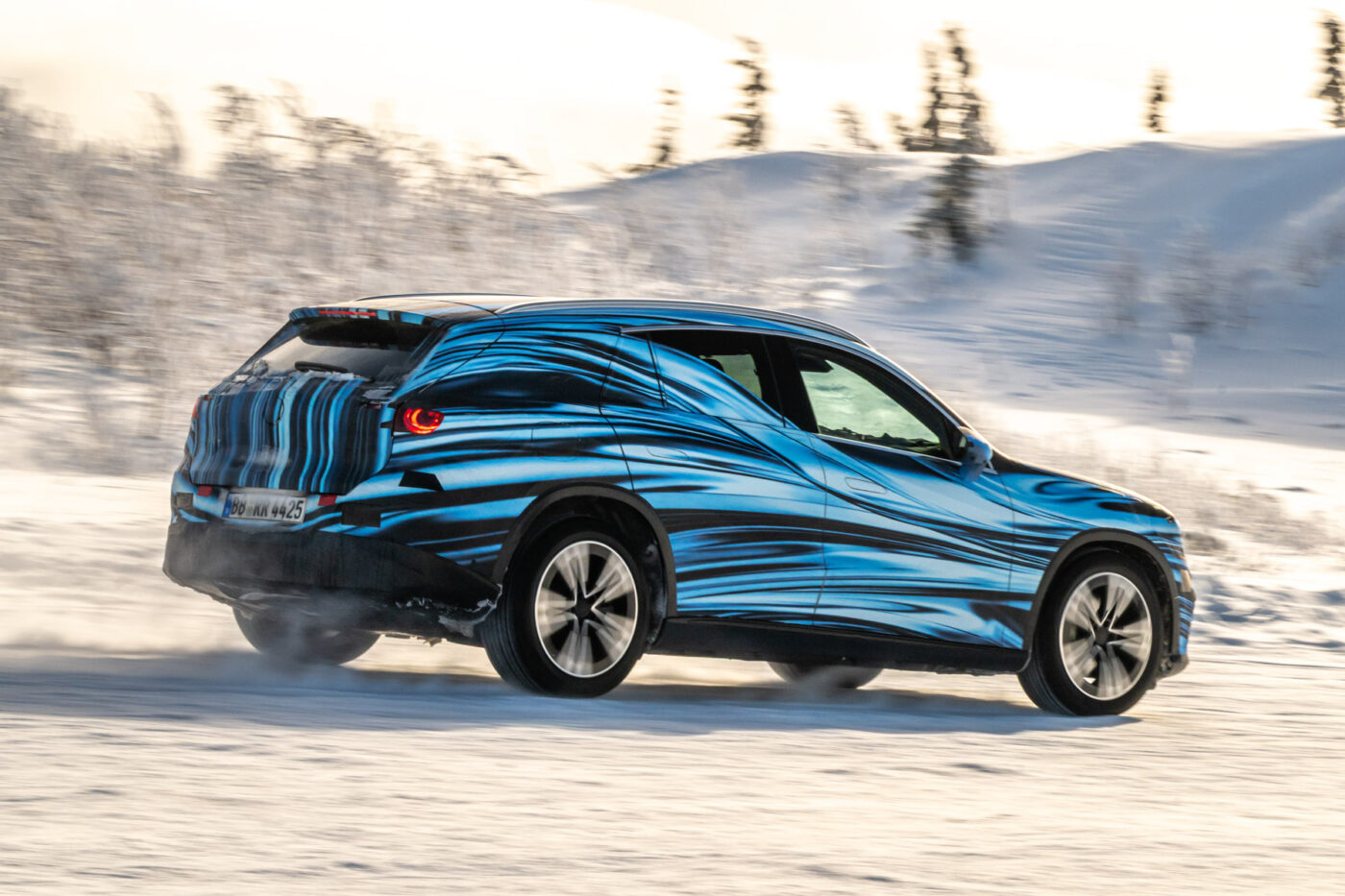




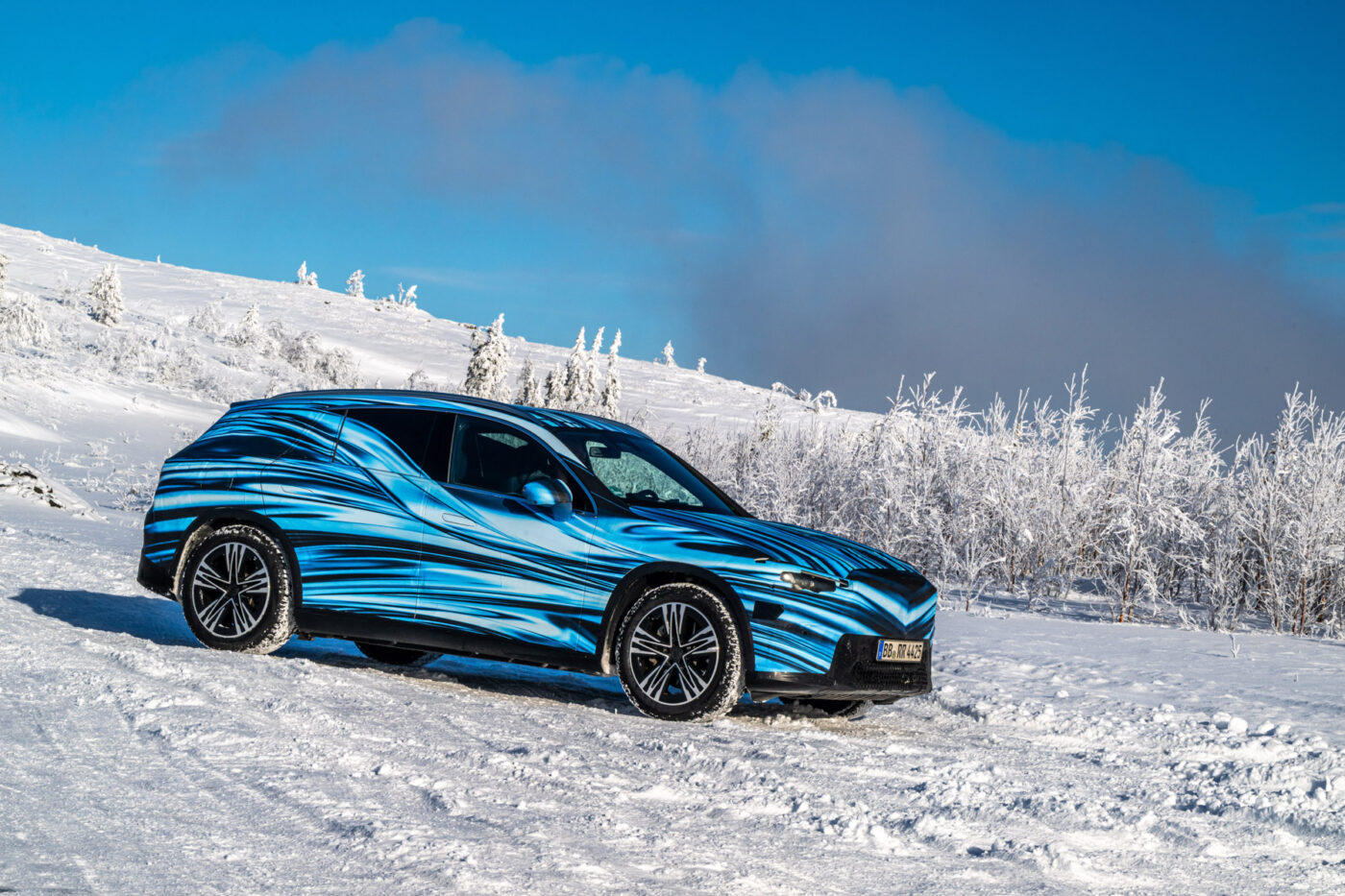
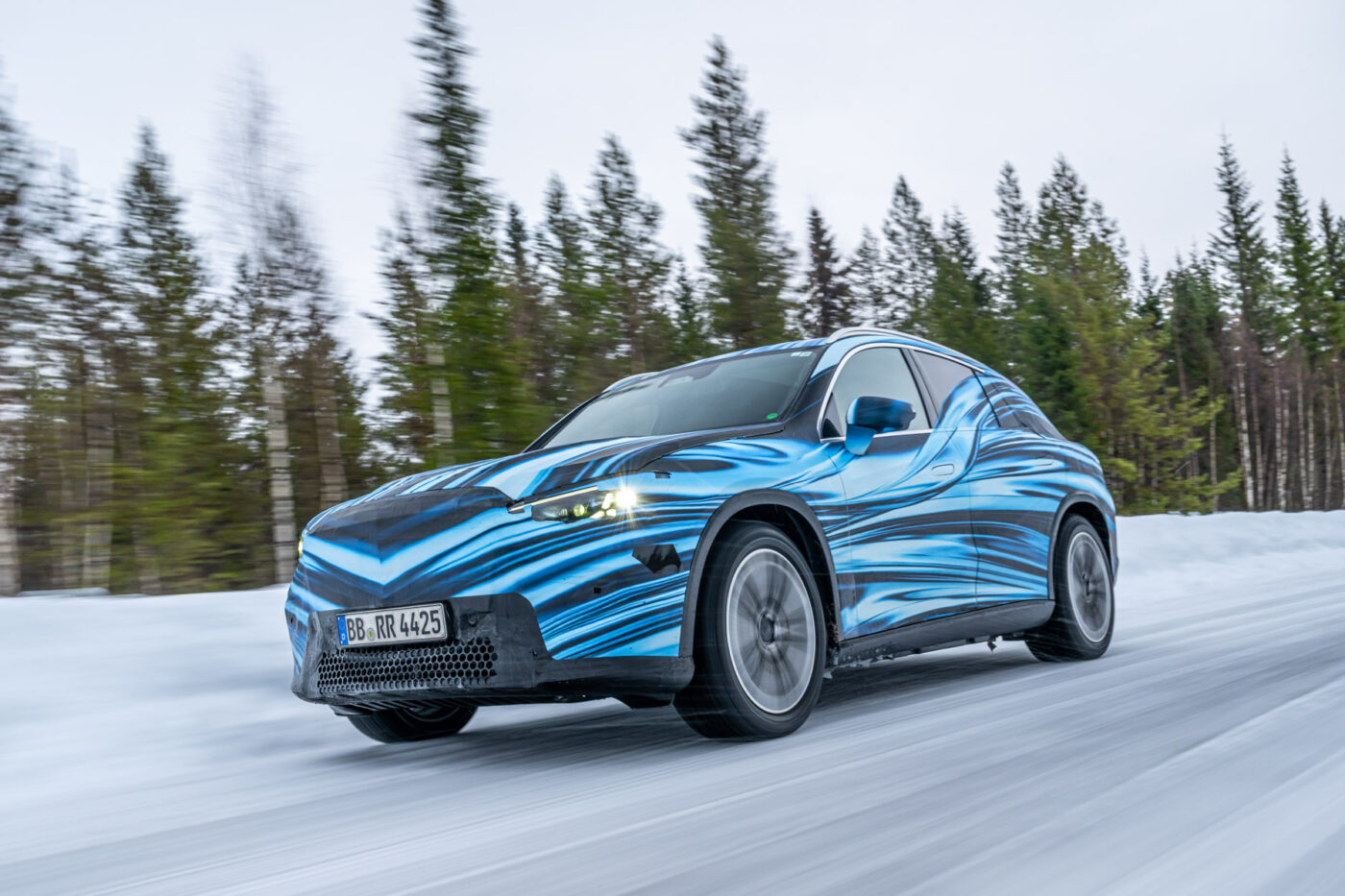
There, we experienced the rival to the Audi Q6 e-tron and the upcoming iX3 from BMW’s Neue Klasse, which is still heavily camouflaged both inside and out, as being just as committed as the current GLC. The only difference is that it is even more powerful and makes it even easier to overtake, for example.
No wonder, when the top version already has two motors with a combined 320 kW and the motor in the rear is coupled with a two-speed gearbox – as in the electric CLA. It means the car accelerates like a sprinter at the traffic lights, but has the endurance of a marathon runner on the motorway, says Jacoy, describing this trick, which the driver feels nothing of – except that the car makes surprisingly rapid progress at every opportunity. Unless you take your foot off the accelerator and set maximum recuperation beforehand. For the first time, Mercedes offers serious and genuine one-pedal driving.
However, the GLC not only aims to be the dynamic member of the Stuttgart SUV family, but also to offer superior, relaxed driving behaviour. The wheelbase, which has been stretched by around ten centimetres compared to the combustion engine, and the large weight of the battery pack, which lowers the centre of gravity, help all versions to achieve this.
And in the top versions, air suspension also helps, allowing the driving profiles to be spread out a little further. Just a moment before, the prototype was tightly tethered and took the driver on a chase around bends, now it is decoupled and rolls smoothly over a pothole track that leads back to the garage. There, shortly before the end of the test drive, you notice another finesse that Jacoy has added to the new car: Similar to the EQS and EQE, the GLC also has rear-axle steering and therefore feels extremely manoeuvrable.
The fact that the new GLC can hold its own against the old one becomes evident when changing position, when Jacoy asks his guest to sit in the back. Then you can feel the ten centimetres more wheelbase as free space in front of your knees, sense the light feeling of space under the large panoramic roof and learn that the boot and towing capacity are similar to those of the combustion engines – except that the GLC also has a frunk that lives up to its name. Mercedes is not yet giving any figures, but “the current one” can tow between 1.8 and 2.5 tonnes, depending on the drive system; with the plug-in hybrid, it is a full two tonnes.
95 kWh battery for a range of 650 kilometres
More space, superior driving performance and also on a par with the current model in terms of range: that’s how proud Mercedes is of its MMA modular system, which is now making its debut with the CLA: Jacoy would have blown up this architecture with the GLC. But because the EVA from EQE and EQS is not exactly the latest and greatest, Mercedes has simply developed a new, larger modular system based on CLA technology for its bestseller (and a few other models, of course). Even before the CLA première, Mercedes developers repeatedly emphasised that the components developed for the MMA were scalable for other platforms. The concept remains the same, only the exact design varies depending on the size class.
The ‘new’ GLC, for example, also relies on 800-volt batteries, which can then charge correspondingly quickly at a minimum of 320 kW and, in the best case, reach 94.4 kWh. “This puts the standard range at over 650 kilometres,” says Jacoy vaguely. But if the onboard computer in the not-quite-full prototype already achieves a remaining range of 636 kilometres in fast driving and cold weather, it should almost be enough for the 700-kilometre club.
The top-end battery mentioned above also has a silicon oxide admixture in the graphite of the anode. NMC cell chemistry will be used for the cathode. As with the electric CLA, the cheaper basic battery will have a “different cell chemistry,” as Mercedes states, implying LFP cells.
Will the electric GLC start at less than 55,000 euros?
Mercedes’ own development with a two-speed gearbox is used for the drive on the rear axle – this is a PSM, or a permanently excited synchronous machine, with permanent magnets in the rotor. In the 4MATIC models with all-wheel drive, there is a second PSM on the front axle, which the company procures from an external supplier. As this motor does not run all the time and would otherwise only cause drag losses, it can be engaged or disengaged at lightning speed using its own clutch.
Finally, there is the question of price, where Jacoy suddenly switches to mute and quotes his briefing again when asked: “No compromises, no cutbacks – we want to make the choice easy for the customer.” If you disentangle this marketing-speak, you can deduce the hope of an identical entry-level price. However, even with all the optimism and a slimmed-down basic version with one motor and a small battery, it is unlikely that the electric GLC will actually start at less than 55,000 euros in future, just like the combustion engine. At least initially, it will probably start at around 70,000 euros.


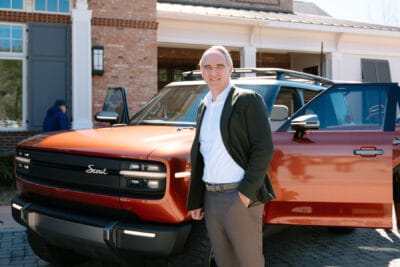
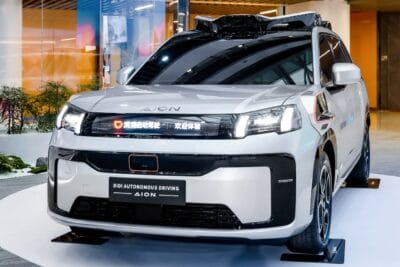
2 Comments